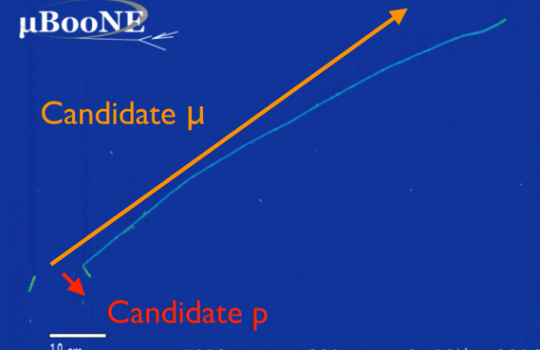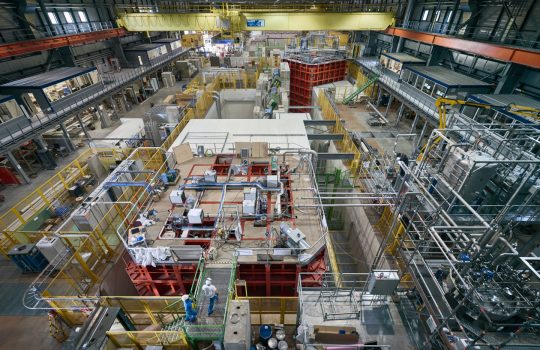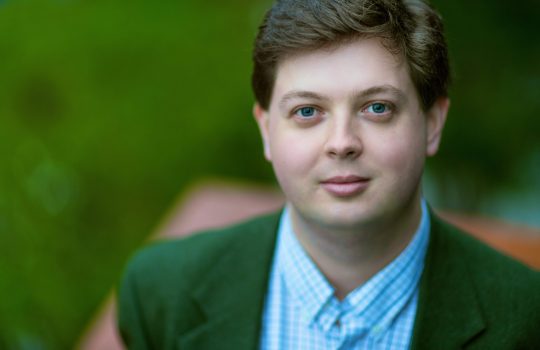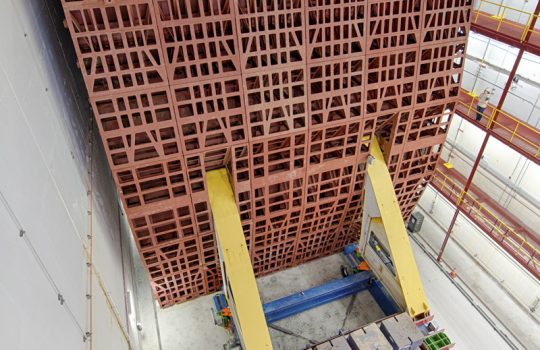One minute with Ron Davis, neutrino operations supervisor
Over his nearly five decades at Fermilab, Ron Davis has done a little bit of everything as an operations supervisor working on the lab’s neutrino experiments. As someone who loves to work with his hands, he puts his talents to use for particle physics and, when he’s not at work, on his automobiles and motorcycles.





